M42 Sketch Bortle 3
The Great Orion Nebula sketched under a Bortle 3 sky on 25th Jan 2025.
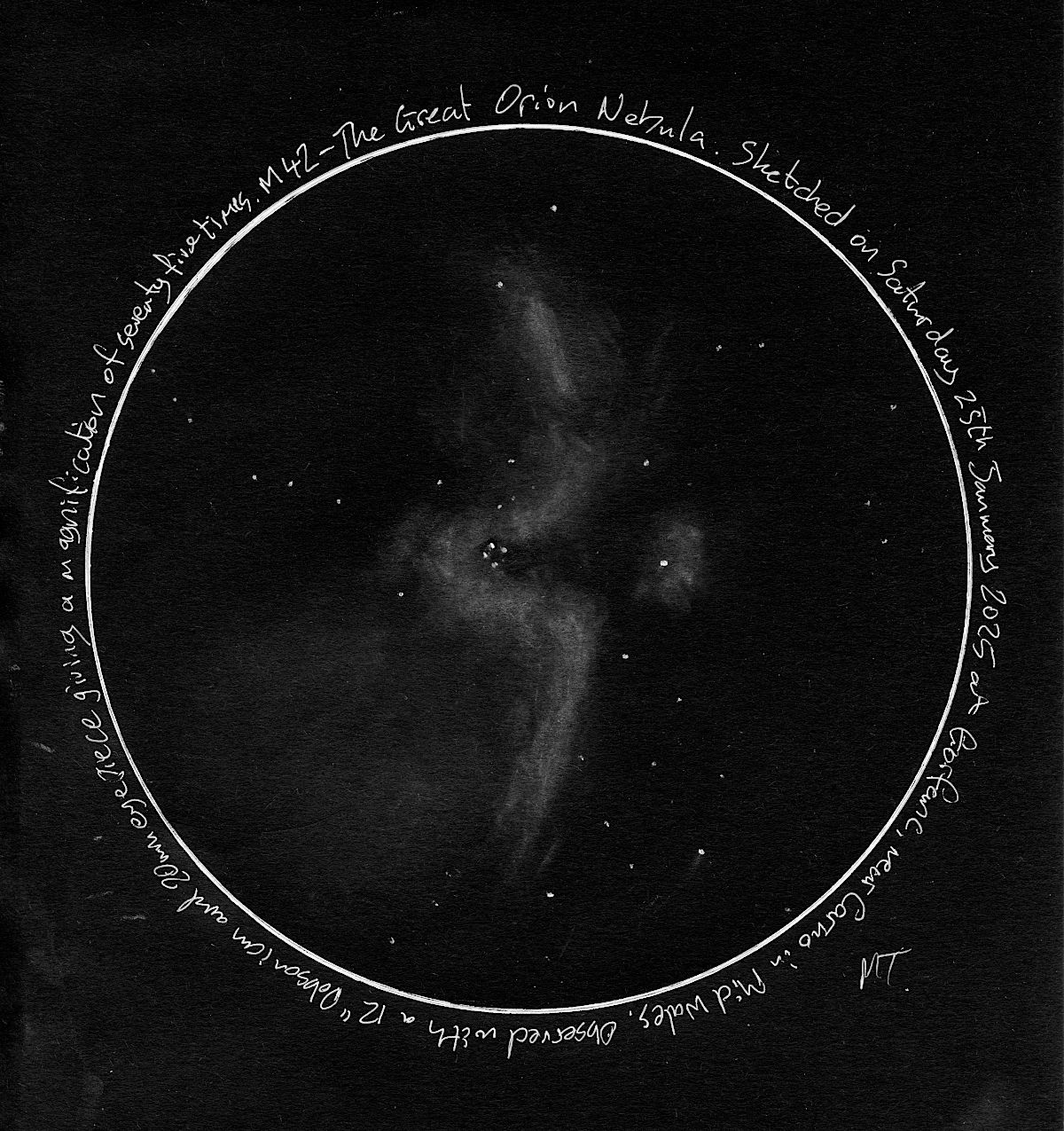
Seeing index: 3
Transparency: 2
Jet stream: Poor
Moon phase: 18%
'Sing to the Moon and the stars will shine'
The Great Orion Nebula sketched under a Bortle 3 sky on 25th Jan 2025.

Seeing index: 3
Transparency: 2
Jet stream: Poor
Moon phase: 18%
Views of the day 11 terminator
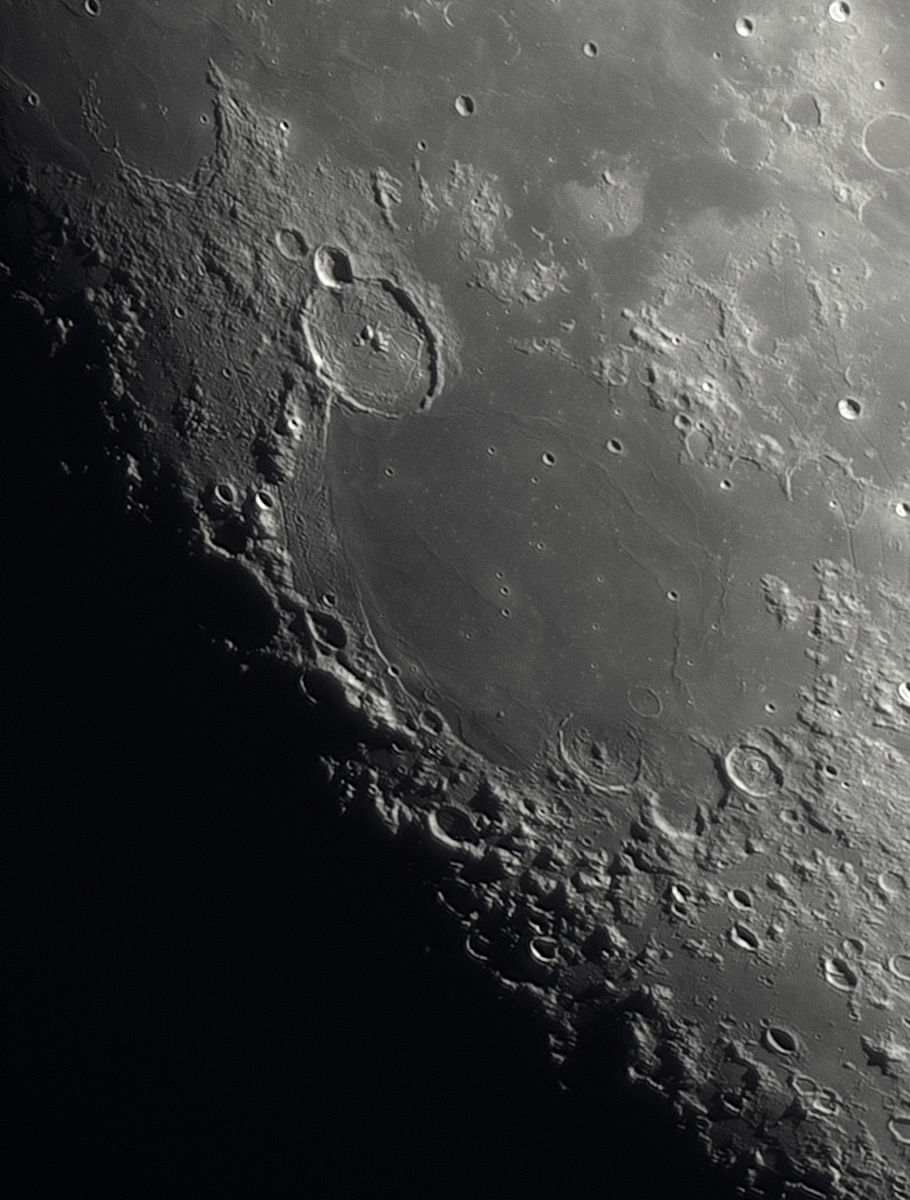
The ASI662MC has small 2.9 micron pixels which give excellent resolution, especially in a long scope such as the CC. The 10th Jan was the stablest and most transparent evening we have had for weeks if not months and the Moon was really high at over 65° in altitude. The 12th was less clear but still gave a really good view of the full Moon.
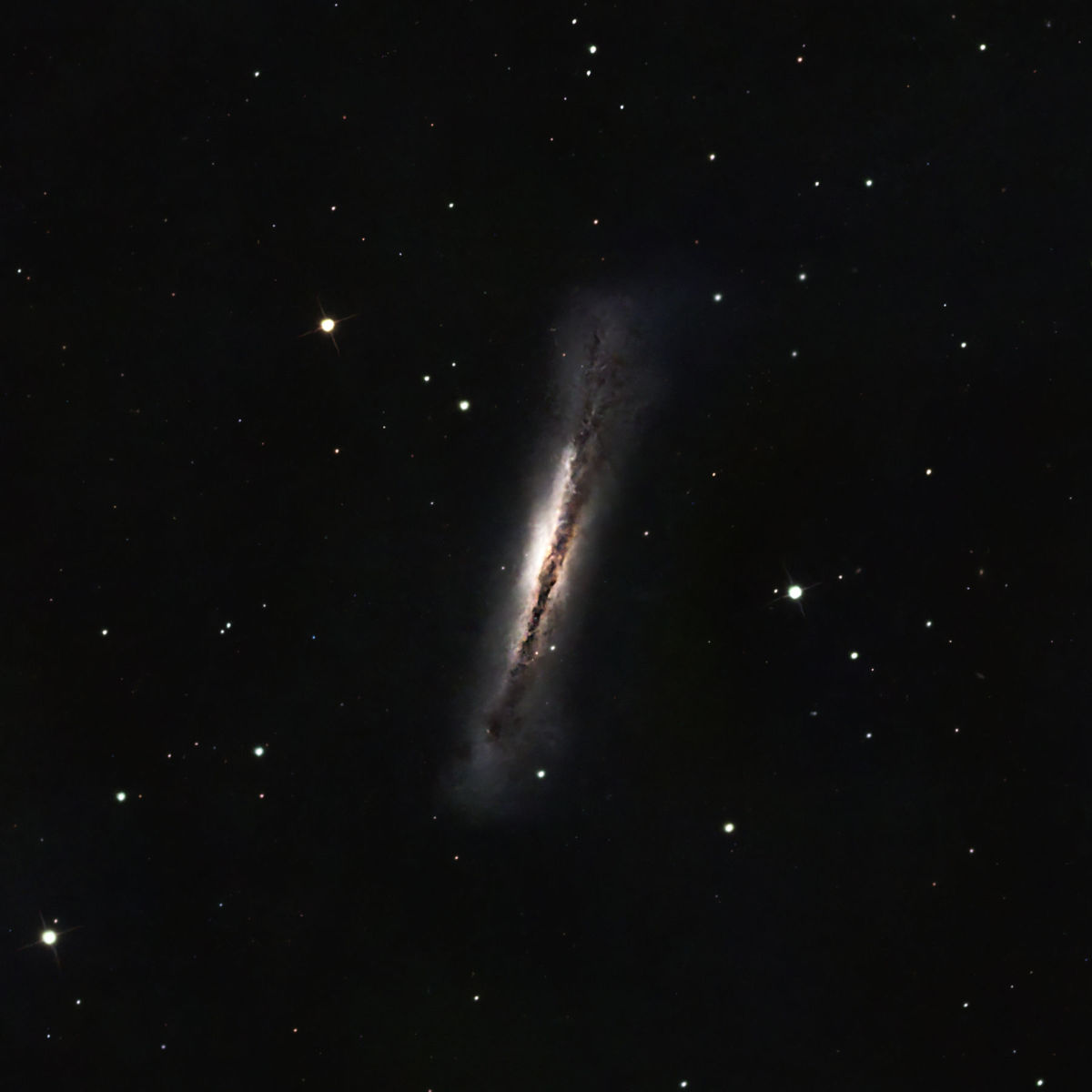
Integration time (running total):
* L 20 X 120s (40m)
* R 18 X 120 (36m)
* G 18 X 120 (36m)
* B 16 X 120 (32m)
* Total: 2h24m
Integration time target
* Target: 10 hours
* L 75 X 120s (150m)
* R 75 X 120s (150m)
* G 75 X 120s (150m)
* B 75 X 120s (150m)
* Progress: 22%
Seeing index: OK (4)
Jet stream: Poor (40 m/s)
Transparency: Good (4)
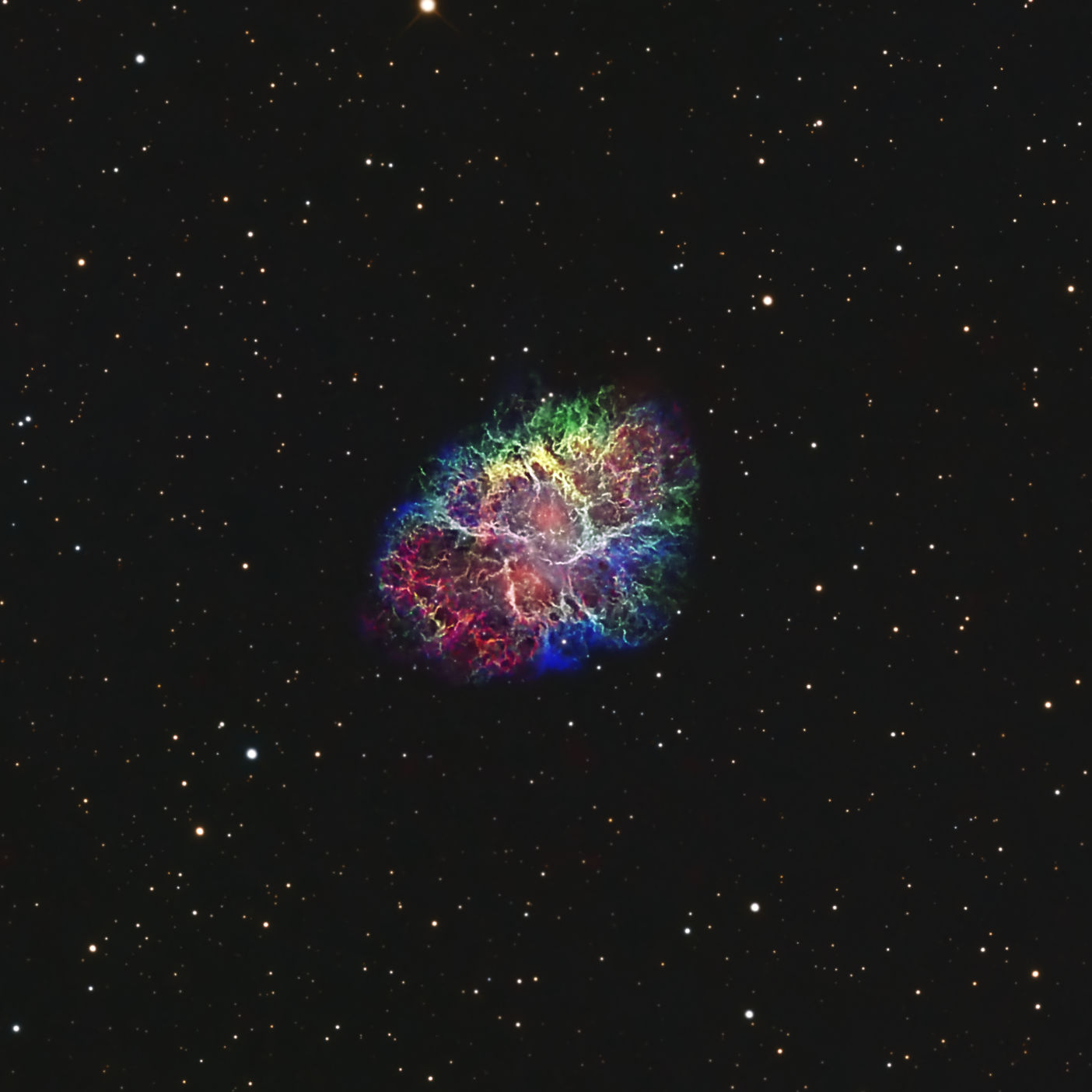
Integration time (running total):
* S 42 X 300s (210m)
* H 41 X 300s (205m)
* 0 40 X 300s (200m)
* Total: 10h15m
Seeing index: OK (4)
Jet stream: Poor (40 m/s)
Transparency: Good (4)
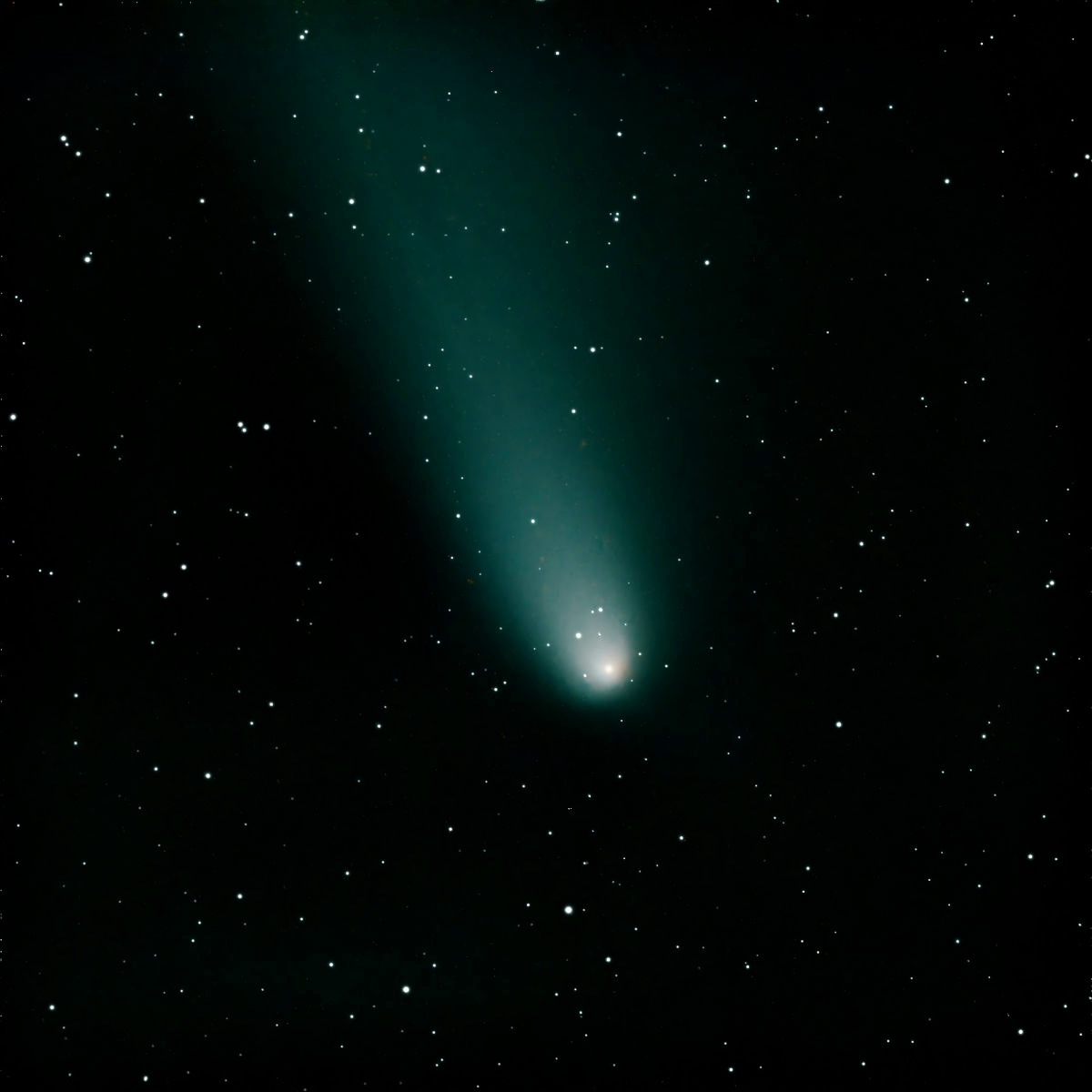
Integration time:
* L 150 X 1s (2.5m)
* R 150 X 1s (2.5m)
* G 150 X 1s (2.5m)
* B 150 X 1s (2.5m)
Towards the end of its visit to the sun. Very low in the West and getting dimmer by the day.
Barnard 174 is an impressive dark nebula in Cepheus
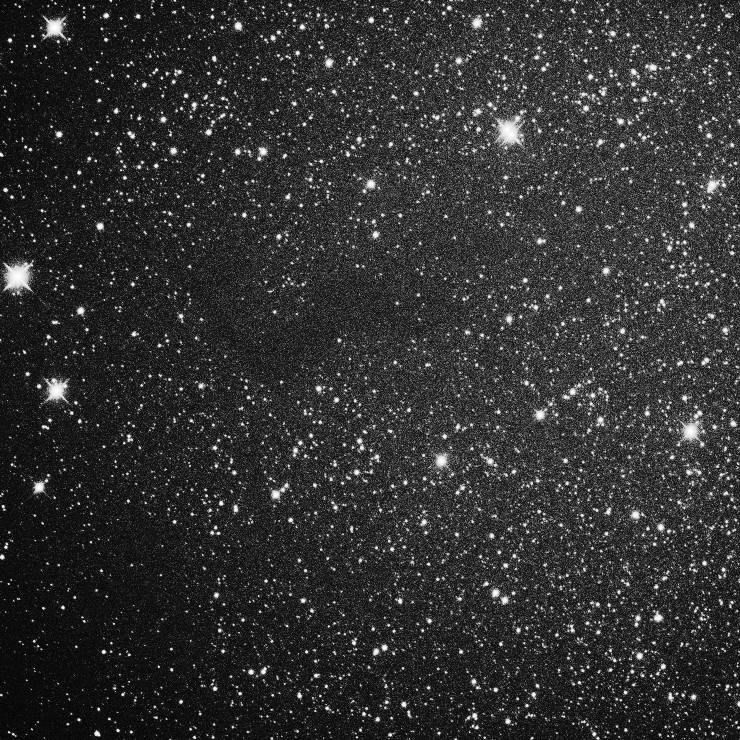
Integration time (running total):
* IR_PASS 12 X 180s (36m)
* L 19 X 180s (57m)
* R 38 X 180s (114m)
* G 32 X 180s (96m)
* B 28 X 180s (84m)
* Total: 6h45m
Integration time target
* Target: 10 hours
* L/IR_PASS 100 X 180s (150m)
* R 100 X 180s (150m)
* G 100 X 180s (150m)
* B 100 X 180s (150m)
* Progress: 65%
Seeing index: Good (4)
Jet stream: Good (9 m/s)
Transparency: Ave (3)
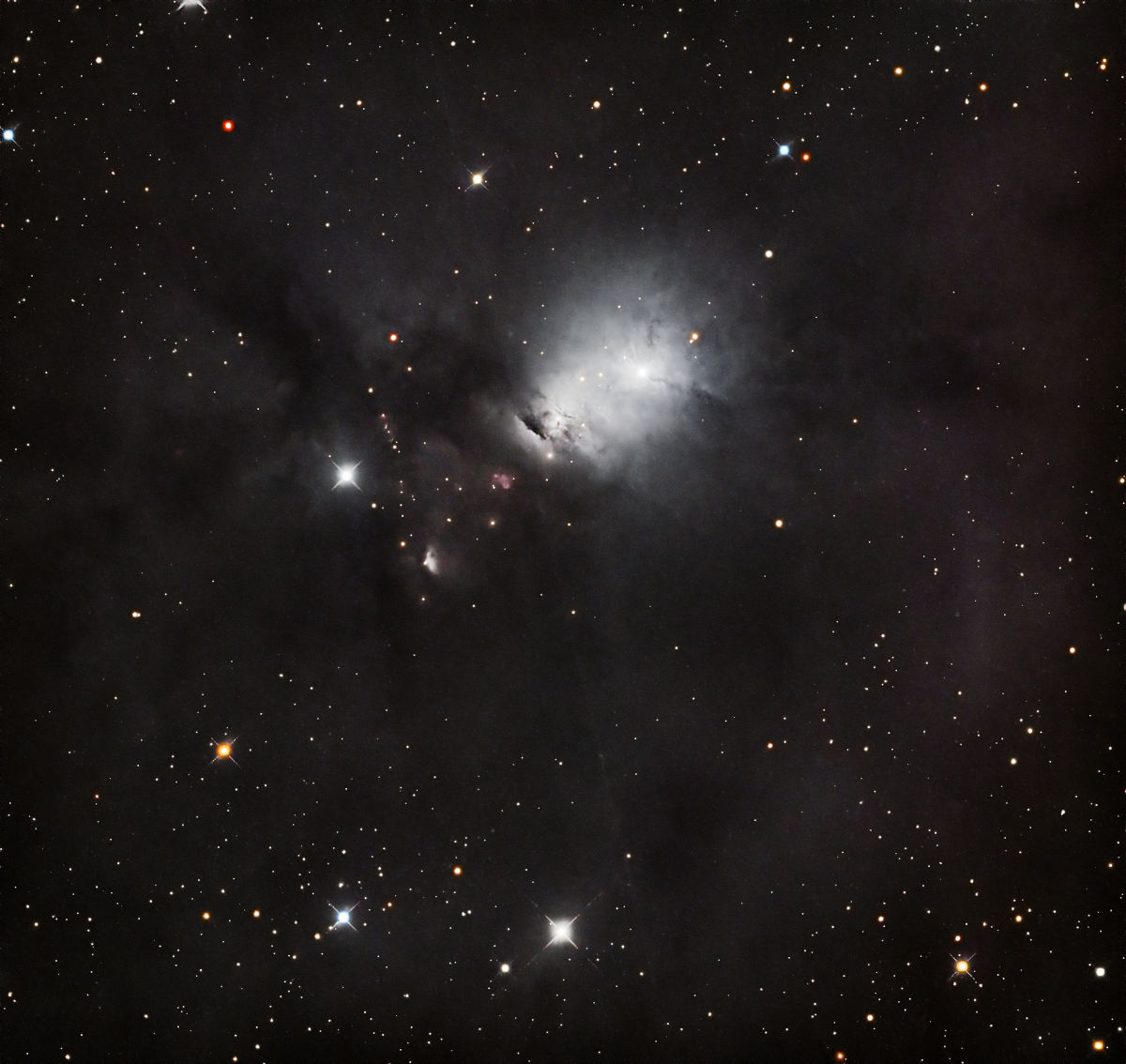
Integration time (running total):
* L 81 X 180s (252m)
* R 73 X 180s (219m)
* G 75 X 180s (225m)
* B 72 X 180s (216m)
* Ha 73 X 300s (365m)
* Total: 21h17m
Integration time target
* Target: 28 hours
* L 100 X 180s (300m)
* R 100 X 180s (300m)
* G 100 X 180s (300m)
* B 100 X 180s (300m)
* Ha 100 X 300 (500m)
* Progress: 76%
Integration time:
* L 15 X 180s (45m)
* R 13 X 180s (39m)
* B 12 X 180s (36m)
* G…The second aurora in 2024, just visible to the naked eye.
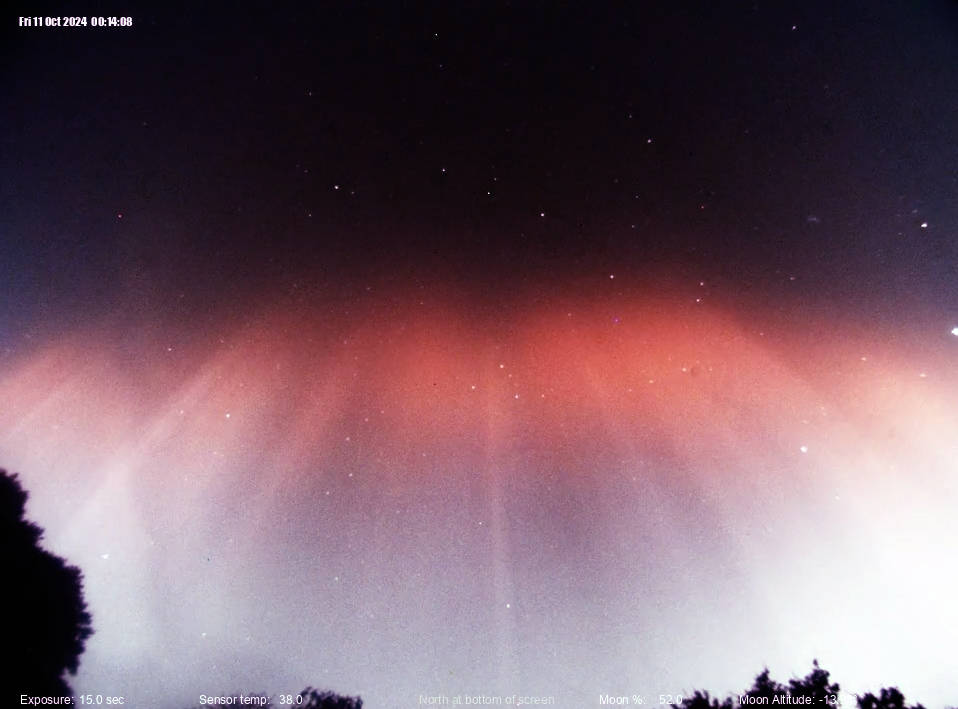
This image was taken at 00:14 BST. The aurora was visible intermittently between 8pm and 2am. Faint pink and green hues were visible to the naked eye. Cameras revealed much more. In less light-polluted areas the colours were much more vivid.
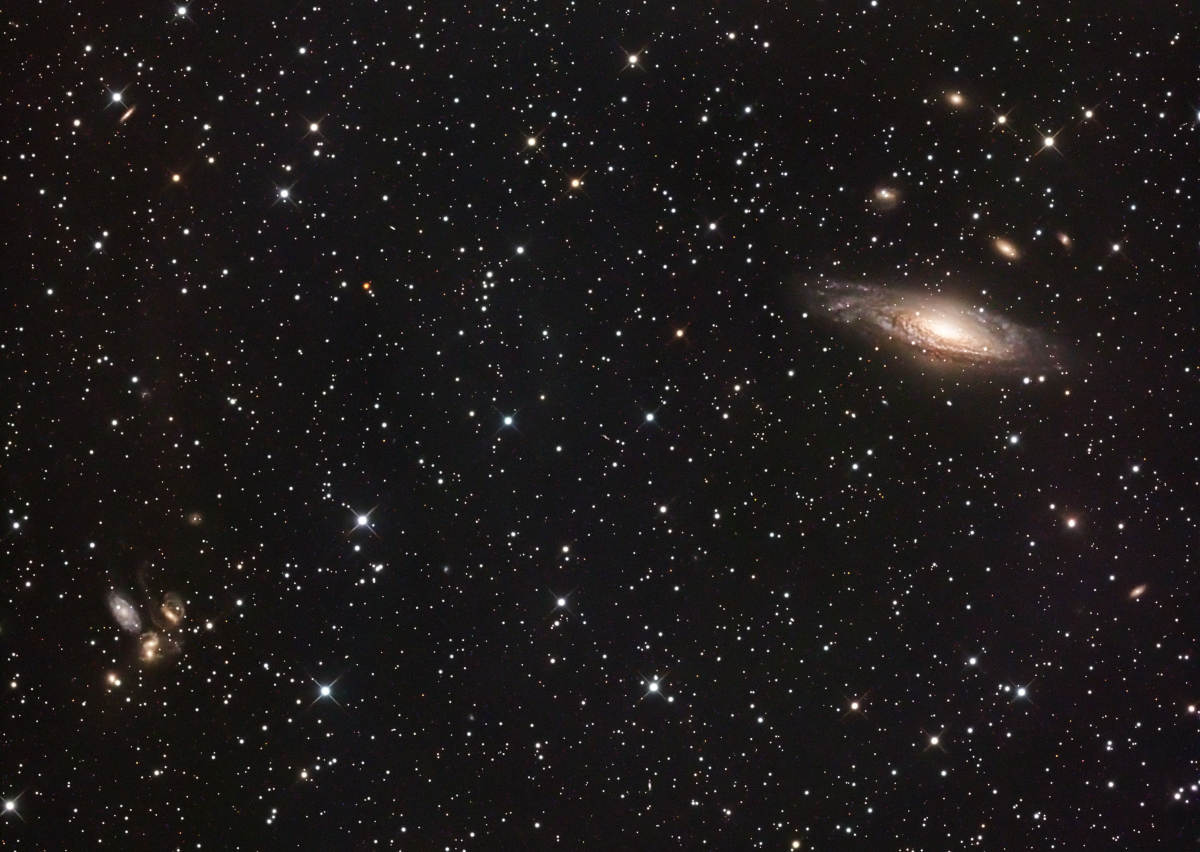
Integration time (running total):
* L 26 X 180s (78m)
* R 27 X 180s (81m)
* G 25 X 180s (75m)
* B 24 X 180s (72m)
* Total: 5h02m
Integration time target
* Target: 6 hours
* Progress: 85%
Seeing index: Poor/OK (2/3)
Jet stream: Ave (12 m/s)
Transparency: Good (4)
Reflection nebula in Cepheus
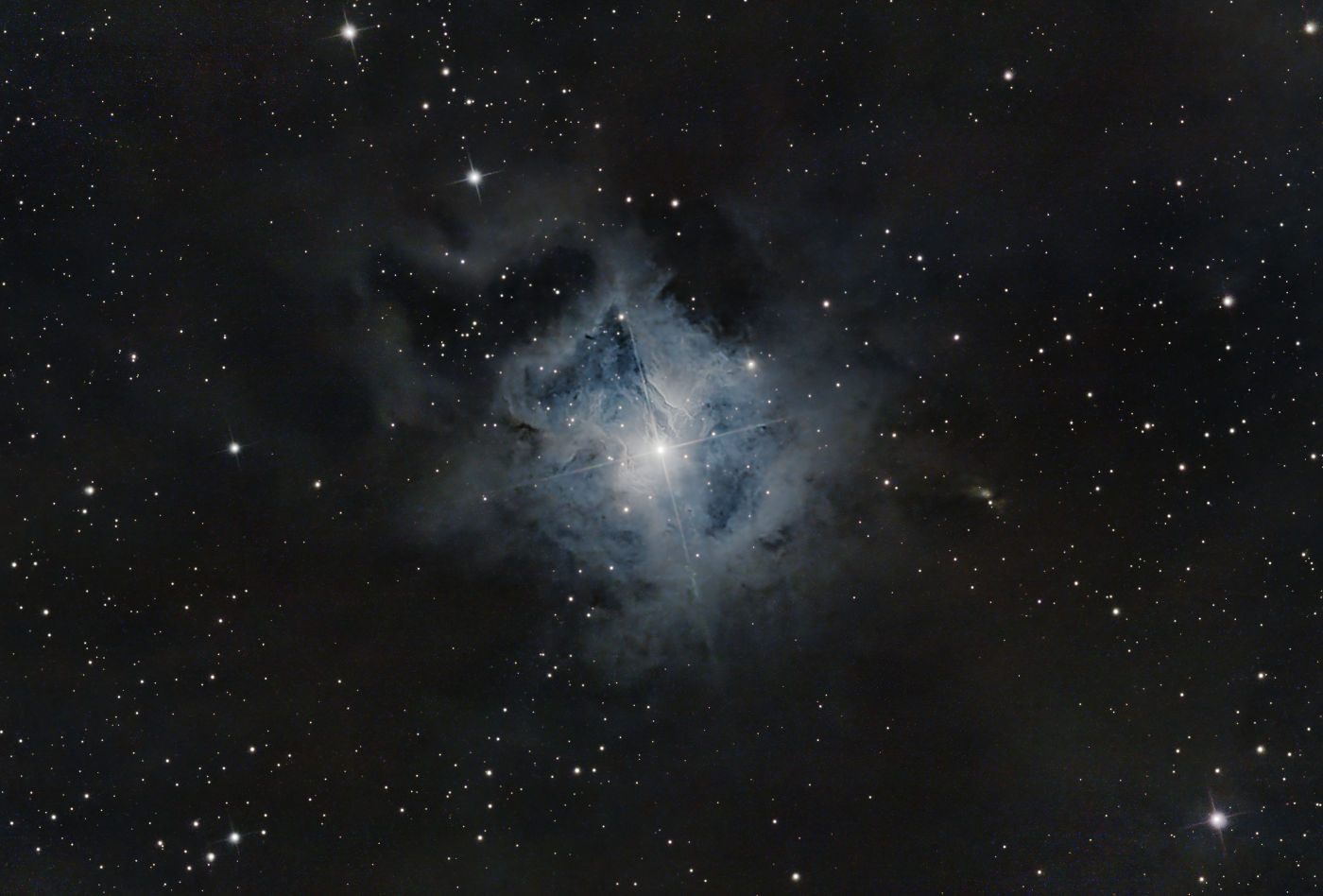
Integration time (running total):
* OSC 624 X 60s (624m)
* Total: 10h24m
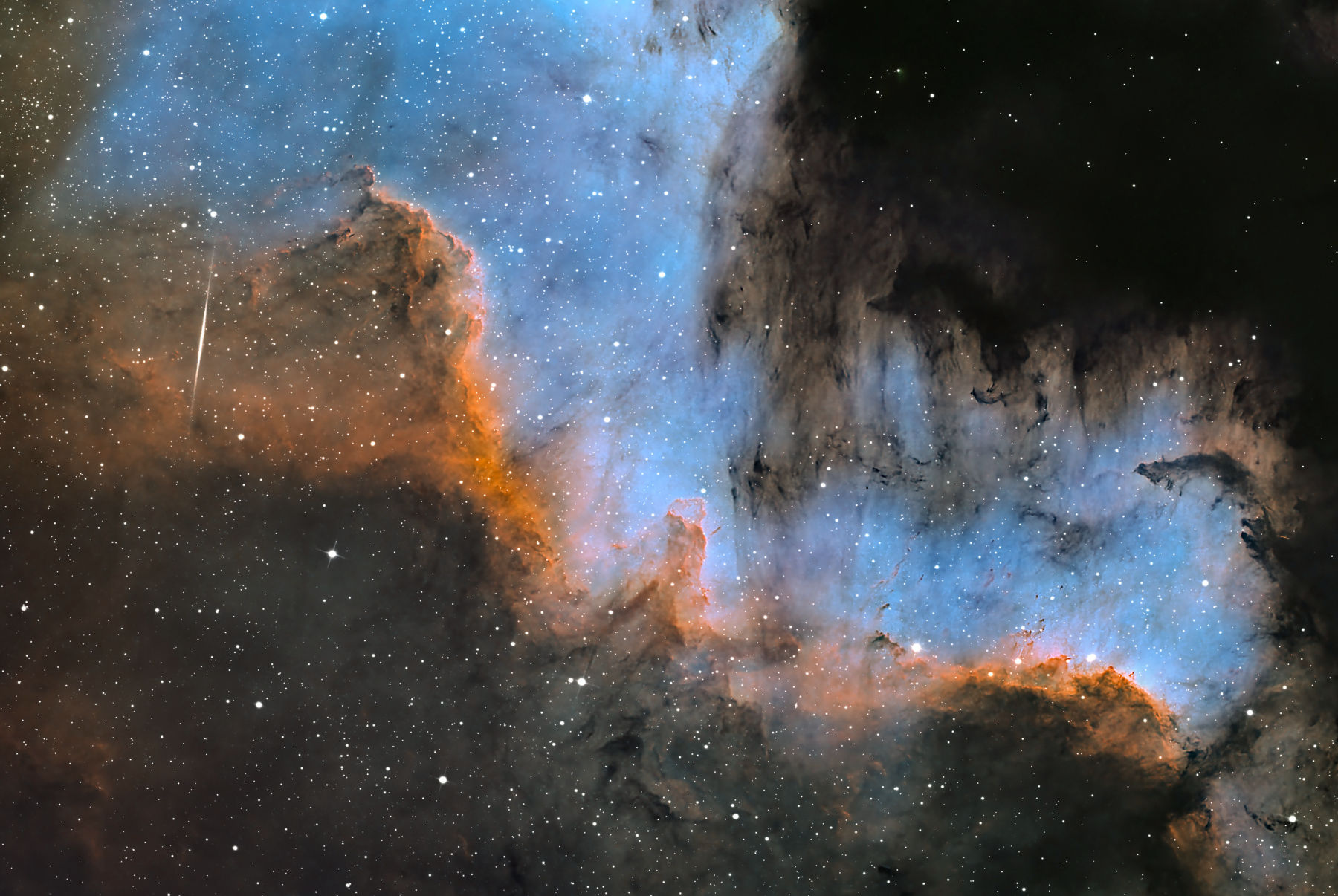
Integration time (running total):
* OSC 92 X 300s (460m)
* Total: 7h40m
Integration time target
* Target: 7 hours
* Progress: 109%